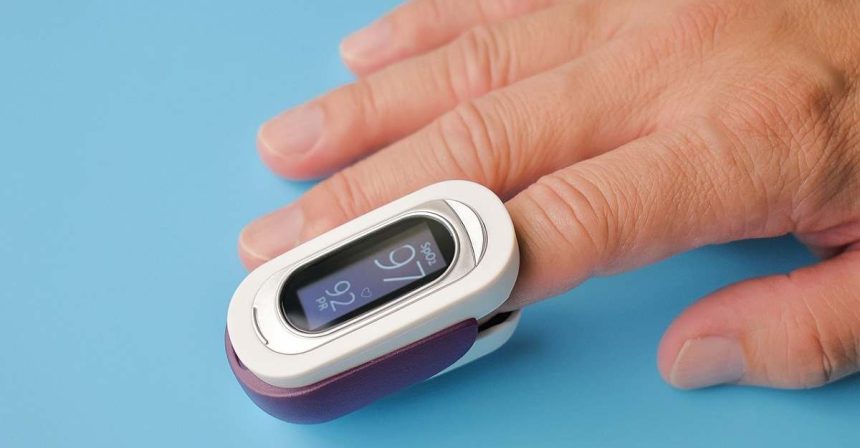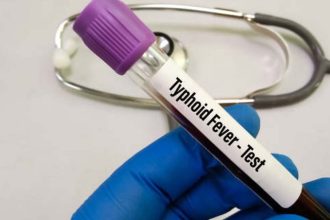The pulse is the rhythmic beating of the arteries caused by the continuous contraction of the heart. This process involves a gap between each contraction, during which the walls of the aorta contract, pushing extra blood into the arteries. The cycle of contraction and expansion within the arteries is what creates the pulse sensation, which can be felt at various points on the body.
How to Feel Your Pulse
You can easily feel your pulse by placing your fingers on an artery close to the skin’s surface. The most common place is the wrist, specifically above the thumb. Other accessible areas include the temples, neck, or any place where an artery is near the skin. It’s essential to note that the pulse cannot be felt on veins, as veins carry blood from the body back to the heart, unlike arteries which move blood away from the heart.
Why Do Doctors Check the Pulse?
A doctor or nurse often checks a patient’s pulse to assess their heart rate and overall circulatory health. During a pulse check, the patient is usually asked to relax their arm, positioning it so the thumb faces upward. The medical professional then counts the beats for a full minute, as each beat represents one contraction of the heart. The pulse rate provides critical information about the speed and rhythm of the heart’s contractions, as well as blood pressure conditions within the circulatory system.
Normal Pulse Rates and What They Indicate
The normal pulse rate varies depending on age and health. For women, the average pulse rate is between 78 and 82 beats per minute, while for men, it is slightly lower, between 70 and 72 beats per minute. In children, the rate is higher; a healthy seven-year-old typically has a pulse of around 90 beats per minute, and in newborns, it can reach up to 140 beats per minute. Conversely, elderly individuals may have a slower pulse rate, averaging between 50 and 65 beats per minute.
An unusually fast or slow pulse can signal potential health issues related to the heart or the circulatory system. For instance, a rapid pulse might indicate stress, fever, or underlying cardiovascular problems, while a slower pulse could suggest a different set of conditions that might require medical attention.




